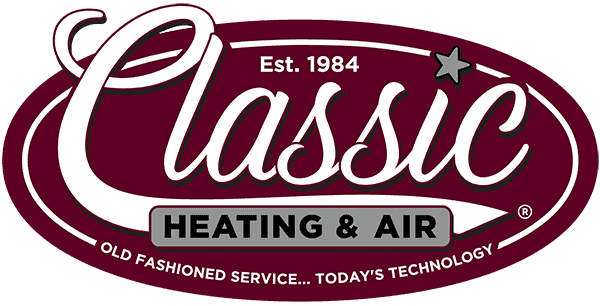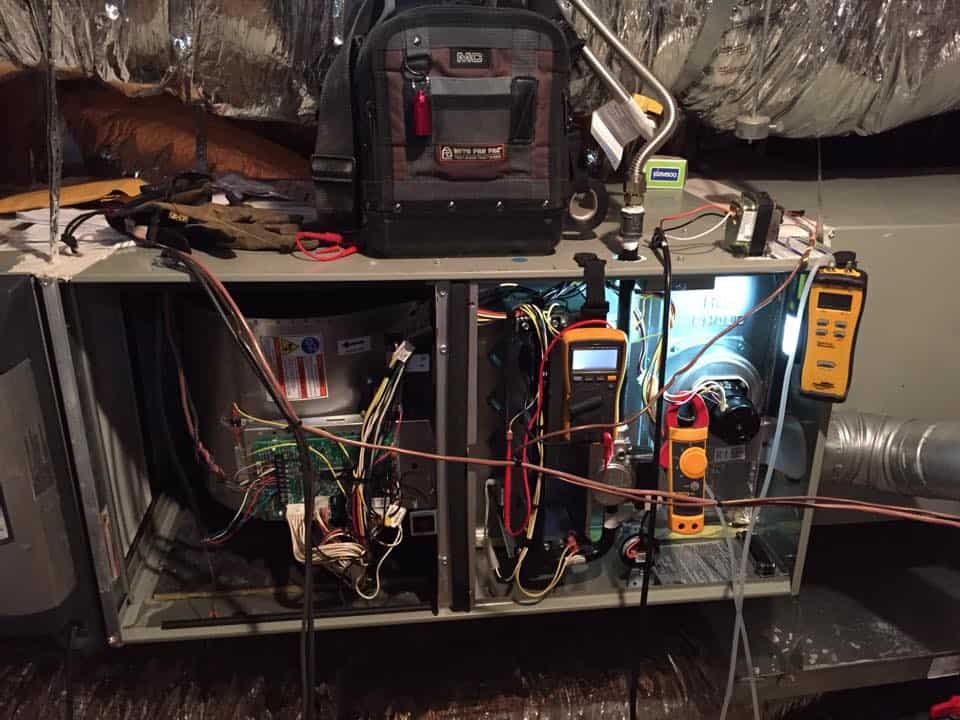We had so many inquiries and response to our October blog about carbon monoxide we decided to write a follow-up to help customers further understand the infamous gas, where it comes from and how it can become a potential in-home threat.
Most metroplex homes utilize gas furnaces as their source for heat and put in simple terms a furnace is a controlled fire that when installed and operating properly is a very safe, efficient way to heat your Dallas, Plano or McKinney home. In fact an author of HVAC operation manuals recently put it quite bluntly stating, “they do not make these things to catch fire, blow up or kill people.” However, if problems do develop you and your home’s heating system system could be the victims of a carbon monoxide leak. Here are the 5 most common problems we encounter here at Classic Heating and Air that can lead to CO leaks and what you can do to prevent them.
1. Compromised heat exchanger – A heat exchanger (HEX) is arguably the most important (and expensive) part of your furnace. A cracked or rusty HEX not only reduces heat transfer but allows CO to leak outside the furnace cabinet.
2. Insufficient combustion air – International Fuel Gas Code has very strict requirements when it comes to gas furnaces in enclosed spaces. Many numbers, calculations and considerations must be accounted for to ensure the proper air flow for the proper fuel burn off. If not done perfectly your furnace will not doubt produce sulfuric acid, black soot and carbon monoxide.
3. Broken or disconnected flue pipe – Serving as your furnaces exhaust pipe, the flue pipe is responsible for getting all the gas and fumes up and out of your home. If that pipe is restricted or broken somewhere along the line, the exhaust has nowhere to go but out into your home.
4. Incorrect gas pressure – Too much or too little and your furnace operates outside it’s intended range. Just like a car running too rich or too lean, not all the fuel is burnt off which leads to waste and excess fumes and byproducts. Not to mention an inefficient furnace and your paying higher energy bills!
5. Worn out draft inducer motor – This mechanical component is installed in the direct stream of flue gas, if seals and bearings aren’t in great condition CO gas is allowed to slip through and escape.
These are just a few of elements and details that go into safe, proper, efficient gas furnace operation. Our best recommendation is to have a reliable, trusted HVAC contractor for ac works McKinney out at least once a year to inspect the above mentioned items as well as many other things on your home’s system. Doing so will not only save you money, but ensure your family’s safety. Here at Classic we have several ways to tackle that task, either with our one-time famous CLEAN/CHECK/TUNE or by signing up for our yearly heating and air conditioning maintenance you can sleep well at night knowing your system is in tip-top shape.
Give us a call today and
Happy Holidays
214-310-COOL
PRODUCT OF THE MONTH
American Standard AccuClean Filtration System
- Removes 99.98% allergens
- 100 times more effective than standard 1″ filter
- Cleanable, reusable filter


